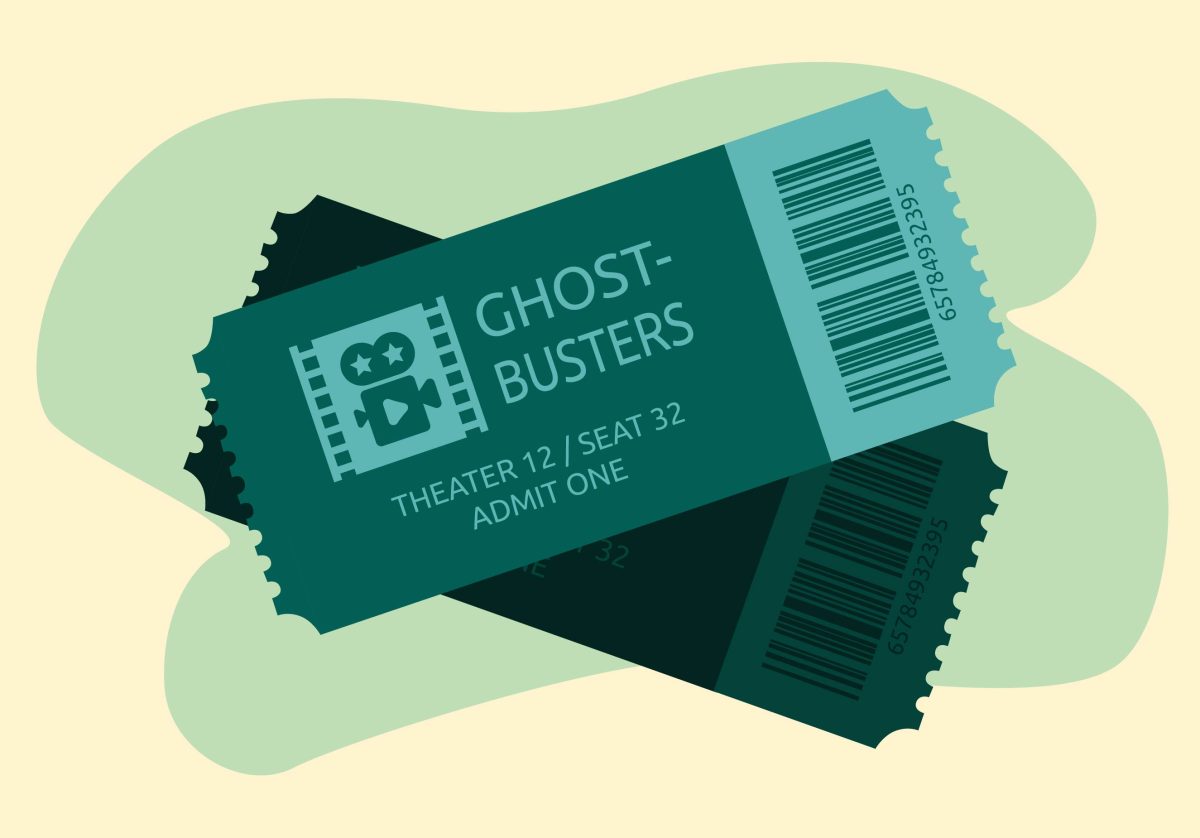While staying a week in a Paris hostel last spring, I met a Polish man, age 27, named Bartók. He came to Paris for two weeks on vacation before returning to England where he had found employment in an abattoir – a slaughterhouse – for an opportunity to improve his English. He previously held a desk job in Poland, essentially day after day of data entry.
“Our Daily Bread”
DIRECTED BY: Nikolaus Geyrhalter
PLAYING AT: Walker Art Center, from Friday to Sunday, 1750 Hennepin Ave., www.walkerart.org
When I asked him to compare the English abattoir and the desk job in Poland, he thought a moment and then pulled his seat toward me.
“In Poland, after a time, I notice, ‘Bartók, your eyes are going bad.’ It was from the computer,” he said.
“So I went to the doctor and he tells me, ‘Your eyes are going bad, sir.’ I thought ‘This is not good,’ so I found this job in England where I could learn English.”
He paused. I asked him to continue with the abattoir.
“In the abattoir, there is all the blood and the stink, but my eyes are better. Now I can see better because I am not in front of a computer screen all day, so which is worse? There is the blood, and there is the stink, but now I can see. Which is worse? I don’t know.”
It was my first testimony from within a slaughterhouse, and although I held vague, generic ideas of their conditions – blood on white smocks, meat hooks, etc. – I hadn’t seen anything to prepare me for the sublime and at times disturbing look into the industry as pictured in the 2005 documentary, “Our Daily Bread.”
And it is a look, a direct and unwavering look.
Yellow, chirping chicks are pushed along a conveyor belt, the live ones filtered into bucket after bucket. A saw splits the torso of dead, hanging pigs – one, then another, then another. A woman stands emotionless and clips the heads from dead chickens that hang like ties on a motorized rack.
The rote (though no less shocking) gory images are likely the first and most talked about aspects of Austrian documentarian Nikolaus Geyrhalter’s film, but neither he nor the film seem concerned with sensationalizing the unseemly death that provides our bodies with nourishment.
Just as frequent are scenes of crop dusting, of workers in greenhouses pulling themselves on carts through rows of apple trees or of tractors deep underground in the salt mines of some nameless locale.
At other times, workers sit before the camera on their lunch break, eating in silence while the static camera observes them like one of Warhol’s screen tests.
A certain lifelessness pervades “Our Daily Bread,” one in which the majority of sound comes from the whirring engines and grating metal from the equipment used to bring a meal to our tables.
No narration tells us how to process the images. No tags identify the location in the world. No subtitles translate the sparse and almost imperceptible dialogue infrequently shared between the workers.
Instead, “Our Daily Bread” brings Chaplin’s “Modern Times” to the 21st century, albeit with a sobriety that might leave you longing for one of the tramp’s blunders.
The entire 90 minutes is a meditation on mechanized, automated and largely nonhuman processes and the apparatuses through which we encounter (or don’t, as it were) daily life.
The abattoir, it seems, is an apparatus just like the camera by which Geyrhalter recorded the film, the computer on which I’ve composed this article (and on which some of you read it) and the press required to set it to paper.
The dehumanized portrayal in “Our Daily Bread” peers into our contemporary souls and locates at our hearts the regularized thumping, or buzzing, of machines and computers. But at least there is not the blood. At least there is not the stink. So which is worse? I don’t know.














